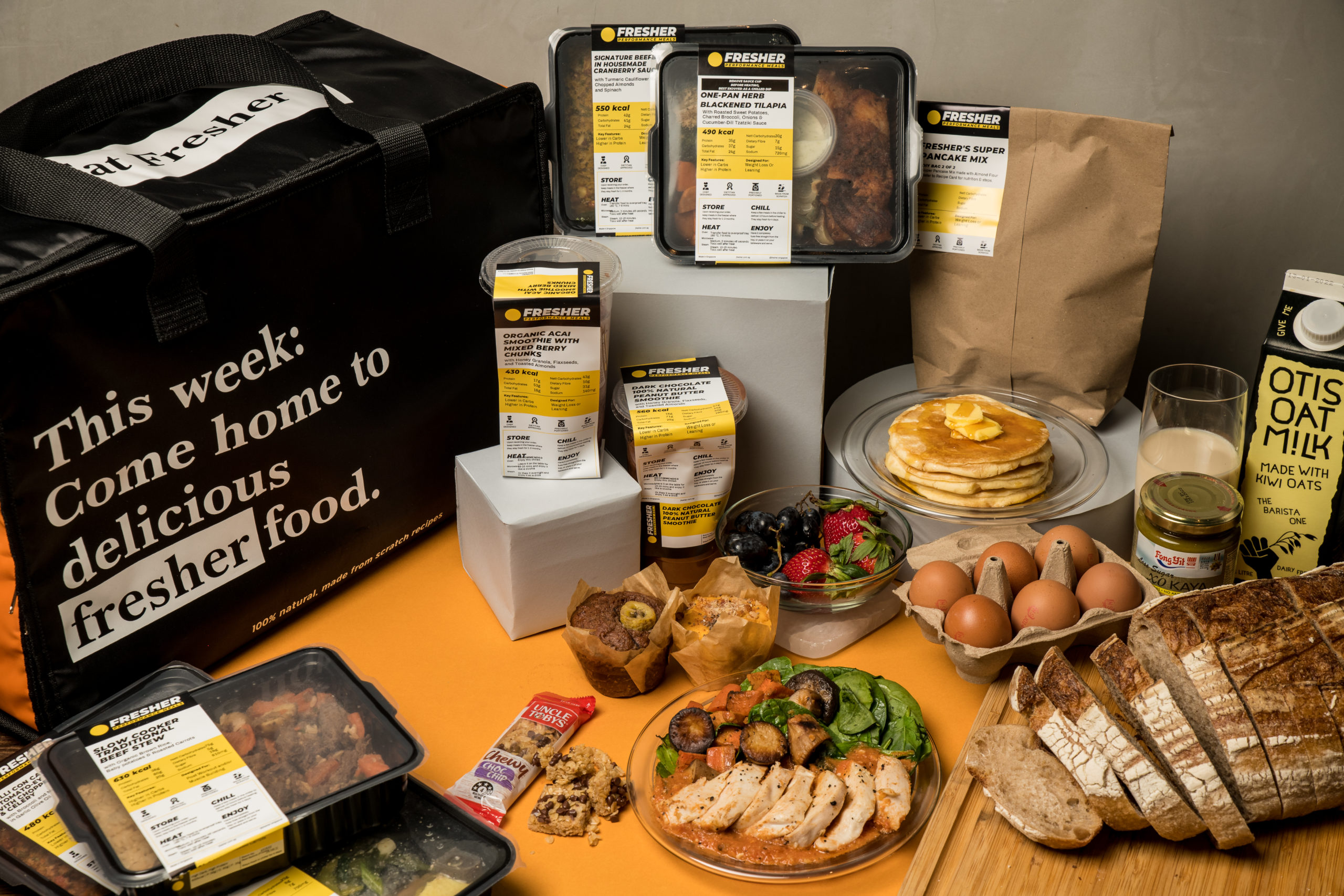
If you’re new to the concept of reducing your calorie intake, you might be unsure about where to begin.
Counting your calories may seem tedious and daunting, not to mention planning your meals and snacks, purchasing your groceries, learning new recipes, and fitting all of that into your lifestyle.
Fresher’s 1500-calorie Meal Plan is intended to help you to control your food intake or kickstart the initial stages of your weight loss journey.
Some may choose to adopt this plan to aid their weight loss journey, while others may simply use it as a tool to learn about portion control and meal planning.
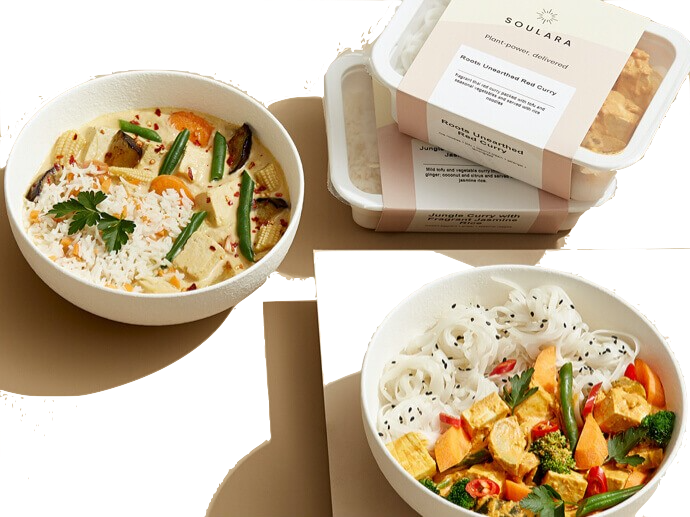
In this plan, you will have access to all your meals for the day, including breakfast, lunch, dinner, and snacks, which you are free to consume in your own time.
Our chefs and dietitian did all the meal planning, cooking, and calorie-counting for you to ensure a healthy balance of nutritious yet tasty array of foods.
The plan focuses on high-protein and high-fibre meals to keep you fuller for longer, as well as controlled sodium levels and minimal added sugars. Our meals consist of fresh ingredients from all 5 food groups to provide your body with a wide range of nutrients, including vitamins and minerals.
However, do keep in mind that it is not a one-size-fits-all meal plan and may not be suitable for all depending on your specific needs, physical activity levels and health conditions. In other words, 1500 calories may not be enough for you as it is lower than the average intake of most healthy adults. We recommend that you consult with your dietitian before commencing on any diet plans.
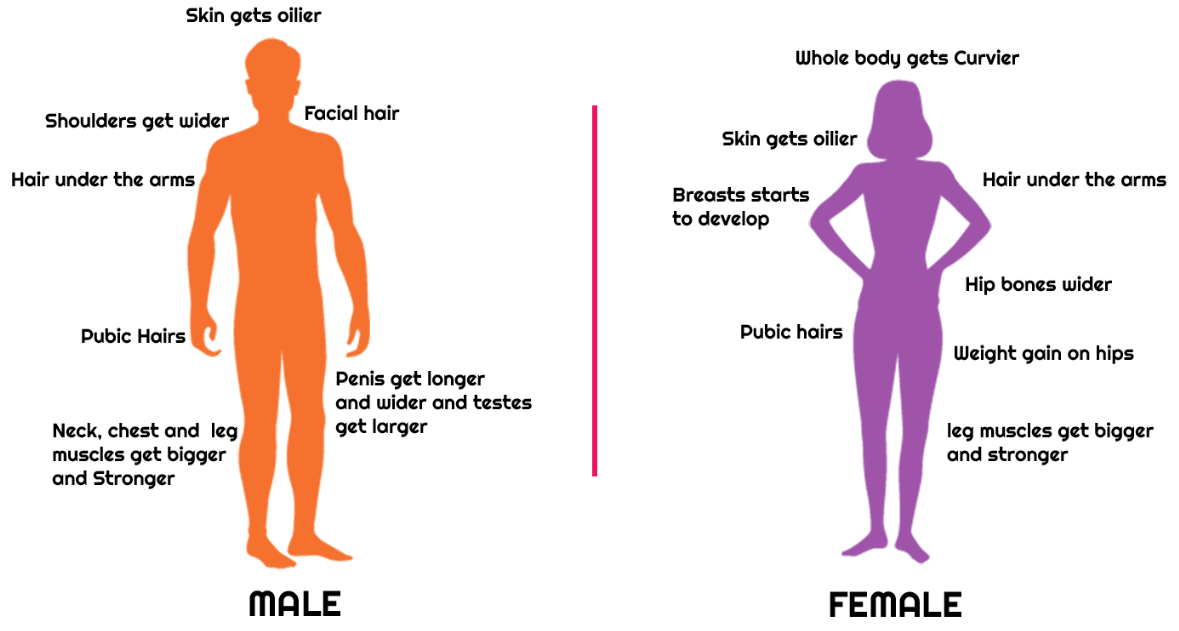
This meal plan is best taken as a guide to help you improve your eating habits and provide you with insight on nutrition to nourish your body.
If you’re not used to the spread and composition of the meals and foods in the plan, here are some things to keep in mind to prepare your mind and body:
You may notice some changes in your hunger and satiety, such as you’re not necessarily eating less and you’re still feeling full.
Some people may be discouraged about reducing their calorie intake because they may think that they’ll only be eating chicken breast, salads and juices.
But you may notice that there’s actually plenty of food to consume for 1500 calories, and that you’ll be consuming a wider variety of foods than you’re used to.
You may notice some changes in your hunger and satiety, such as you’re not necessarily eating less and you’re still feeling full.
Some people may be discouraged about reducing their calorie intake because they may think that they’ll only be eating chicken breast, salads and juices.
But you may notice that there’s actually plenty of food to consume for 1500 calories, and that you’ll be consuming a wider variety of foods than you’re used to.

Our team works hard to incorporate different ingredients to provide a varied nutritional profile to each of our meals. Each day’s protein comes from different quality sources such as beef, poultry, fish, nuts and dairy products, while the fibre and complex carbs are provided through different wholegrains, vegetables and fruits.
Following this meal plan, you’ll be eating three satisfying main meals and a snack per day.
Of course, you might be used to having more snacks, a smaller breakfast or no breakfast, and a larger dinner.
But if you look closely at the components of our meals, each main meal is intentionally portioned to have a good amount of protein, complex carbohydrates for fibre and healthy fats.
Hence, following the plan, your breakfast may look larger than usual but you’ll find that you won’t be needing as many snacks throughout the day because you’re less hungry between meals.
Fueling up with proteins and fibre at the start of the day (and with every meal) is a good strategy to keep your midday/nighttime sugar cravings or hunger levels at bay.
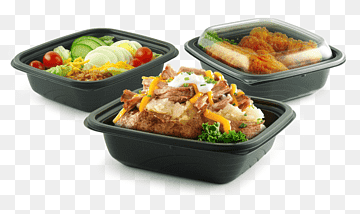
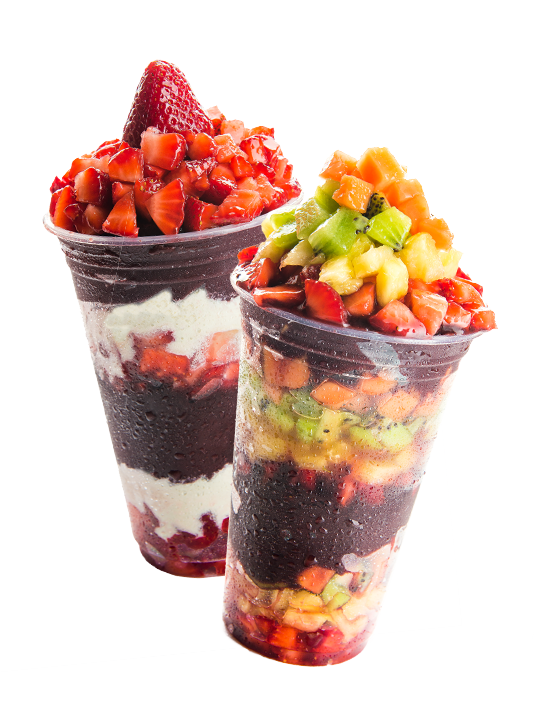

Among the three macronutrients, proteins are the most satiating (triggers fullness). Fibre provides bulk and is essential for a healthy gut.
Hence, you may be surprised at how much food you’re still eating and how full you’ll be feeling while being at a caloric deficit.
This is also because different foods have different effects on our body’s sensation of fullness. So if you were previously not consuming enough protein and fibre, you may have needed to eat more food to satisfy your hunger.
Before following this plan, you might not be used to having three regular main meals a day. Hence you may need to do some rearranging in your schedule to ensure that you can make time for your meals.
Some suggestions are waking up a little earlier to have your breakfast and spending a few minutes to heat up your meal. The plus side is that you don’t have to spend time thinking about what to eat as all your meals and snacks are prepared and ready to go.
As long as your total daily intake is 1500-calories, the actual timings of the meals will not affect your calorie intake.
However, this will be different if you have muscle-building goals in mind. Having protein-rich meals spread evenly throughout your day will be more beneficial to stimulate muscle building, rather than having long hours without any food and all your proteins in one go.


Staying hydrated during hotter days and especially if you’re physically active is vital.
As part of the meal plan, we recommend drinking mostly unsweetened beverages such as plain or unsweetened sparkling water, plain tea and coffee, and milk as these beverages tend to be lower in calories compared to beverages such as soft drinks, sports drinks, boba milk teas, commercial smoothies, fruit juices and alcoholic drinks which are higher in calories.
It is of course OK if you prefer to have a splash of milk and a pinch of sugar in your coffee or tea however, do keep in mind that these additions do also contain some calories.
It is a good idea to take your first step by reducing consumption of beverages which are higher in calories. Of course, they can still be included as part of your healthy diet when concumed in moderation.
TIP: WAYS TO START INCREASING YOUR WATER INTAKE
Have a water bottle with you at all times and drink water throughout the day
Flavour your water with fresh fruits such as lemon slices and berries
Have plain tea and coffee if they are your preferred beverages
Your content goes here. Edit or remove this text inline or in the module Content settings. You can also style every aspect of this content in the module Design settings and even apply custom CSS to this text in the module Advanced settings.
Suggestion for next article:
What’s next?
Try out your own version of this meal plan – use different types of meats you like
Build Your Own Bundle – more freedom to choose your meals
Challenge yourself to create healthy snacks and try new recipes
You don’t necessarily have to count your calories
You may have developed healthier eating habits – like regular meals
Be the first one who leave the comment.